
The land under Texas is full of holes and lots ot them. It is estimated that 13,000 caves, sinkholes and springs can be found underground in Texas. Only a handful of the caves are Show Caves or developed caves with organized tours. The remaining are located on private property. Here are the best caves in Texas, including two caves with wild cave tours.
10 Best Caves in Texas
- Wonder Cave
- Natural Bridge Caverns
- Caverns of Sonora
- Inner Space Caverns
- Cave Without a Name
- Longhorn Caverns
- Cascade Caverns
- Devil’s Sinkhole
- Kickapoo Cavern State Park
- Colorado Bend State Park
Wonder Cave
Wonder Cave opened in 1903 as the first show cave in Texas. With its location in San Marcos, it is one of the best caves in Texas. Millions of years ago, an underground earthquake created Wonder Cave, and visitors can see the Balcones Fault Line.
Located at 1000 Prospect St. in San Marcos. Adult admission starts at $23.95 and youth admission (4 – 11) is $17.95. Kids 3 and younger enter for free. Reservations recommended.
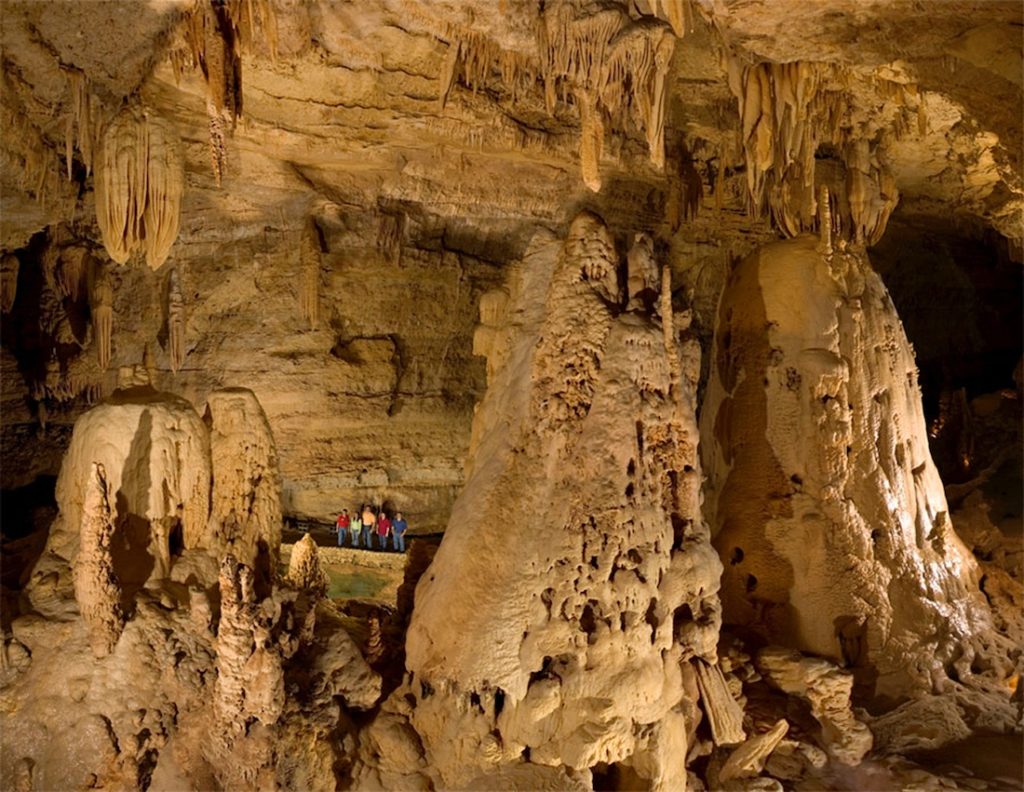
Natural Bridge Caverns
Four college students discovered the caverns in 1960. The National Park Service and Texas Parks and Wildlife were consulted, but the landowners ultimately developed Natural Bridge Caverns. As one of the best caves to explore in Texas, it offers more than a cave tour.
The 60-foot natural limestone bridge at its opening is a showstopper, and that is where the cave got its name. As an easy day trip for San Antonio or Austin, this is a popular attraction year-round, thanks to its moderate temperature.
Located at 26495 Natural Bridge Caverns Rd, northwest of San Antonio, it offers several tours. Adult admission starts at $26.50, and with demand pricing, the earlier the tickets are purchased, the lower the price.
Natural Bridge Caverns Review
Caverns of Sonora
Early in the 20th century, a family dog chased a raccoon into an opening in the rocks that turned out to be a cave. As it was explored, more of the cavern was discovered.
Considered by many to be the showiest of Texas show caves, the Caverns of Sonora are one of the best caves in Texas. The crystal cave glitters as light bounces off the formations. With its location between San Antonio and El Paso on Interstate 10, the Caverns of Sonora makes an ideal road trip stop.
Located at 1711 Pvt Road 4468, 15 miles southwest of Sonora. Adult admission to the Crystal Palace Tour is $24 and kids (5 -11) are $18. Kids 4 and younger enter for free.
The National Parks of Texas
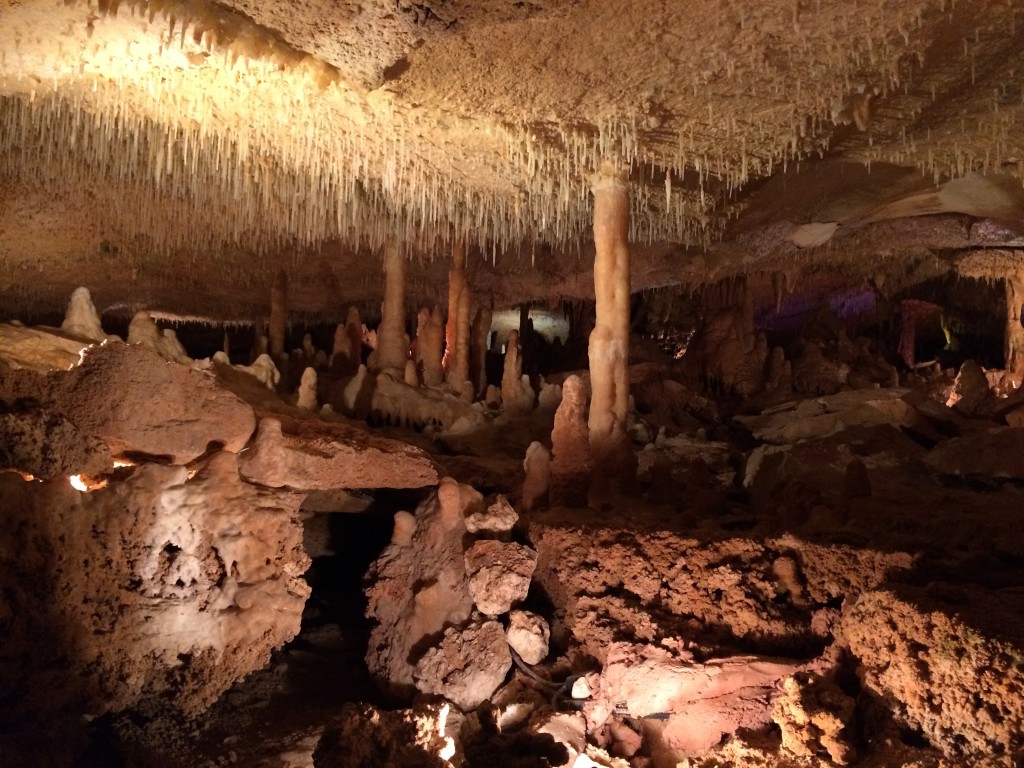
Inner Space Caverns
Curious boys and dogs in pursuit of an escaping animal tend to find many of the caves in Texas. The Texas Department of Transportation discovered Inner Space Caverns, located in Georgetown, north of Austin.
In 1963, while drilling core samples, the crew lost one of its drill bits. Used to evaluate the stability of a proposed overpass site, the drill bit suddenly dropped into an abyss. Soon after, a man descended down the hole on a rope attached to a car bumper. Soon after, scientists explored the caves.
Located at 4200 South I-35 Frontage Road, in Georgetown, 25 miles from Austin, Texas. Adult admission is $24.95 and kids (4 – 12) are $18.95 with kids 3 and under entering for free.
Top Tips for Inner Space Caverns
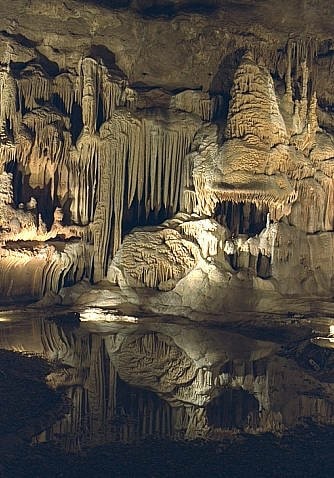
Cave Without a Name
The Cave Without a Name features stalagmites and stalactites, along with other limestone geological formations. It’s a National Natural Landmark and a popular venue for musical performances.
Inside the Throne Room, visitors can enjoy a musical performance to remember. About once a month, the Cave Without a Name hosts musical performances, some seasonal. Admission is $30 per person.
Located at 325 Kreutzberg Road, 11 miles northeast of Boerne. Adult admission is $22 and kids (6 – 12) are $11. Kids 5 and younger enter for free.

Longhorn Caverns
During the Civil War, men harvested bat guano for gunpowder manufacturing. From 1934 to 1938, the Civilian Conservation Corps shoveled the guano and built many of the park’s features.
The park is located at 6211 Park Road 4 South in Burnet, 65 miles northwest of Austin. Adult admission starts at $21.40, and kids (4 – 11) are $12.50. Park admission is free.
Cascade Caverns
Cascade Caverns opened in 1932 as a show cave, originally known as Hester’s Cave. During WWII, gasoline rationing closed the caverns, which reopened in the late 1940s for tours.
Located at 226 Cascade Cavern in Boerne. Cascade Caverns offers several tours though the Down Under Tour is the most popular and lasts one hour. Adult admission is $19.95 and kids (4 – 11) are $14.95. Kids 3 and younger enter for free.
Top Things to do in Austin Texas
Devil’s Sinkhole
The top attraction at the Devil’s Sinkhole is the Mexican Free Tail Bats. Up to 3 million bats can emerge each night from Spring until Fall. To protect the bat colony, visitors can’t access the sinkhole, which measures up to 320 feet wide and 350 feet deep.
Located at 101 Sweeten St. in Rockspring. Adult admission is $14, kids (4 – 14) are $6. Kids 3 and younger enter for free for an evening bat flight program. Reservations are required.
Best Swimming Holes in Texas
Wild Cave Tours in Texas
Not all caves feature developed trails and lighting. So take a guided tour with an experienced guide to explore the wild caves. Visitors must wear hiking boots and bring sources of light for their visit.
Kickapoo Cavern State Park
The property has 20 known caves, making it a cave system. The largest caves are Kickapoo Caverns and the Stuart Bat Cave, home to Mexican free-tail bats.
The 3-hour wild cave tour explores the undeveloped cave. Though unauthorized exploration of the caves is prohibited.
Located at 20930 RM 674 in Brackettville, 146 miles west of San Antonio. Reservations required for the tour and it is held on Saturdays only. Admission is $10 per person. Park admission is $3 for adults (12 and older).
Colorado Bend State Park
Colorado Bend State Park offers 400 caves, not just one cave. For an introduction to cave exploring suitable for families with kids over 4, reserve the Discovery Tour. More rigorous cave tours are available.
Located at 2236 Park Hill Dr in Bend in the Hill Country. Park admission is required, and adults are $5, kids 12 and younger enter for free. Cave admission is $12 for those 4 and older for a 45-minute tour. Cave reservations are required, and a wild cave tour is available.
Bats and White-Nose Syndrome
Due to White-Nose Syndrome, visitors can not wear clothing, including shoes, that has been in another cave. Cameras and camera equipment must also be disinfected if they have been in another cave.
White-Nose Syndrome kills hibernating bat colonies across the U.S. and Canada. A fungus that thrives in low temperatures and high humidity that’s killed 6 million bats since its discovery in 2006.
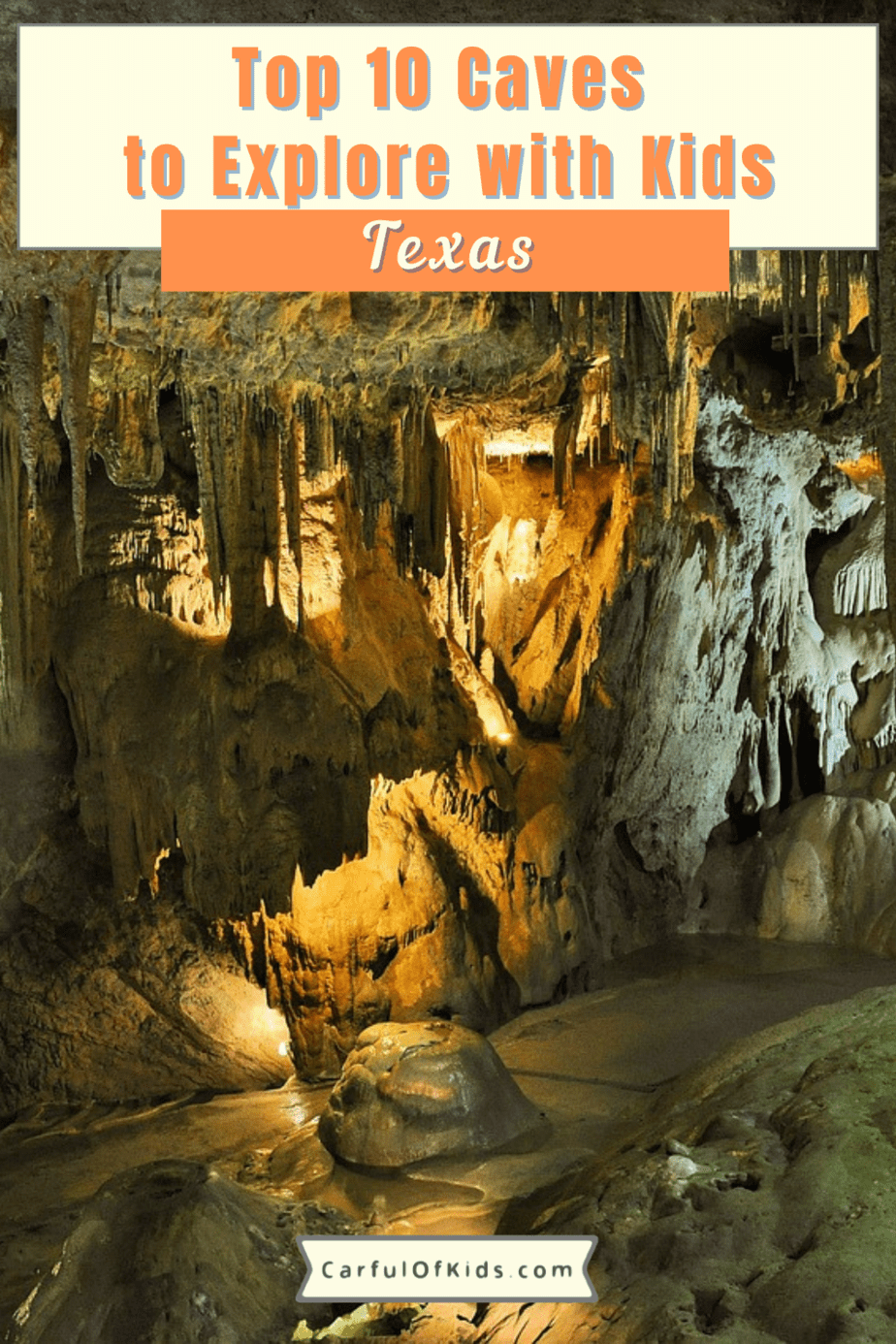
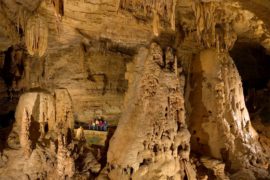
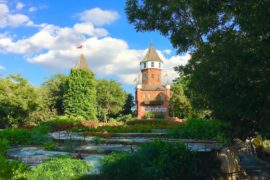

Comments are closed.